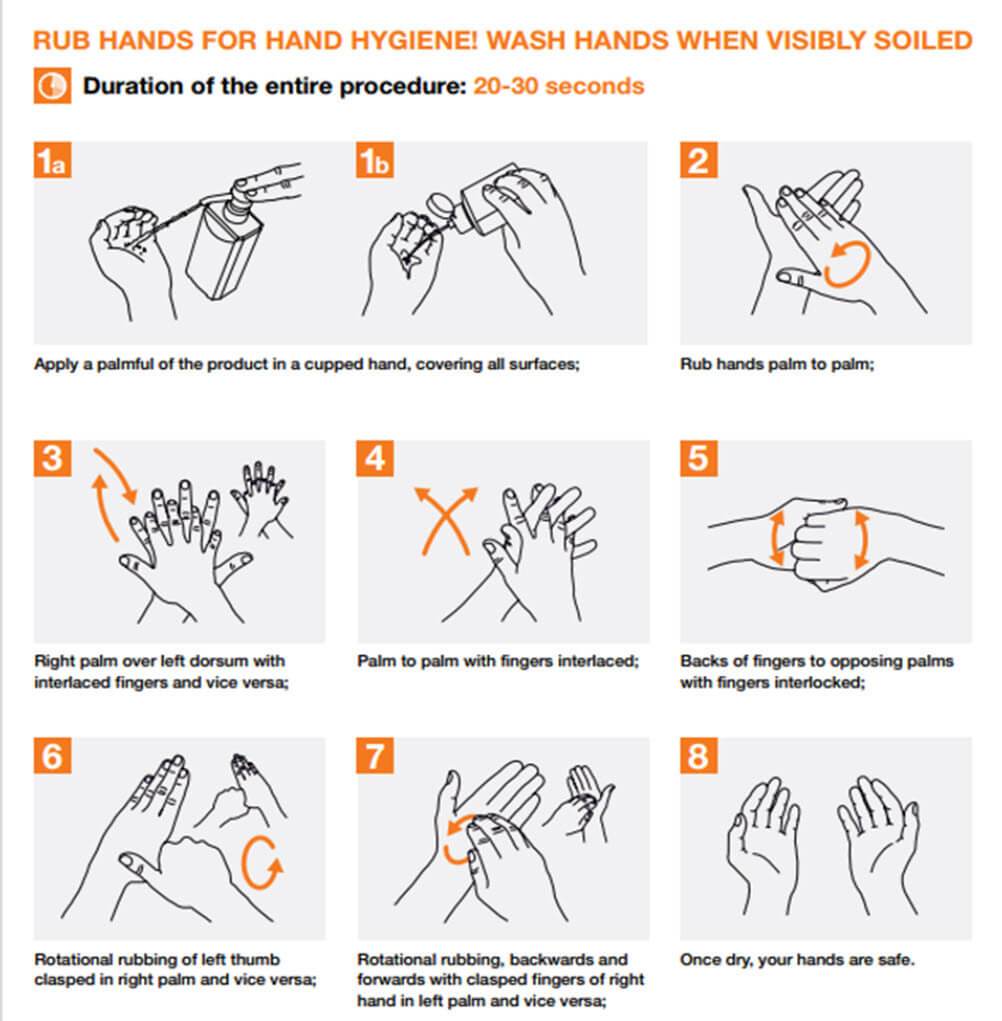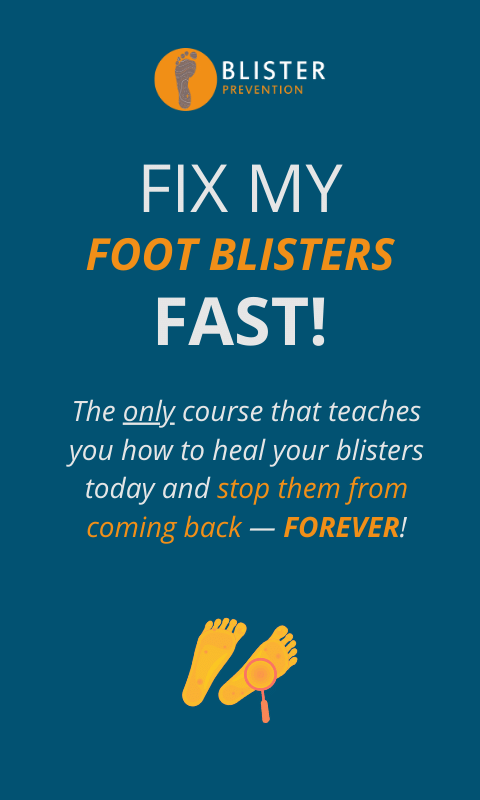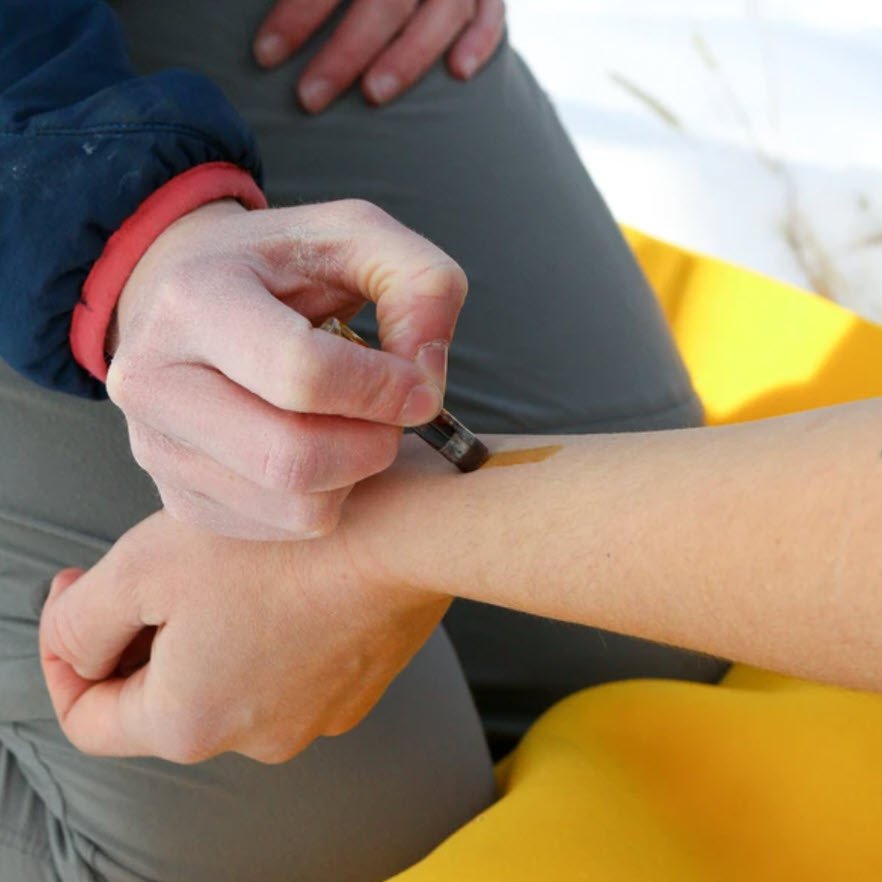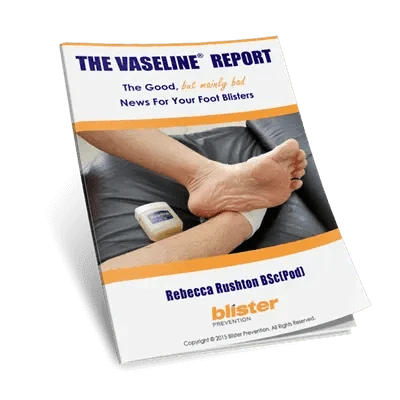I bet you've never thought so hard about your hand washing technique than you did in the early 2020’s. The COVID-19 pandemic changed the way we think about germs, their transmission and our daily habits. Before then, you may not have ever used an alcohol-based hand sanitiser gel. While periodic hand washing constitutes basic hygiene, there is a 7-step handwashing technique to follow for it to be effective.
Do you remember the 7 steps for hand hygiene?
If you’ve got a bit lax in your technique, this article will refresh your memory. Why go over this again now? Because hand hygiene is important to prevent infection when you’re providing first aid to your open blisters.
Why hand washing is so important for hygiene
The fact of the matter is, we have bacteria and fungi all over our bodies. It’s called normal flora. Specific microbes in certain concentrations are quite normal, if not healthy, in certain bodily areas. But they’re not normal in other areas. Put it this way, there’s a reason we wash our hands after we’ve been to the toilet. And wash our hands before we eat.
Quite separate to normal flora, our hands pick up a lot of bacteria by touching things; your shoes, feet, phone, handbag, money, door handle, the dog/cat, someone else. Simply, our hands are just about always contaminated to some degree. With intact healthy skin, and good general health, we can safely go about our lives. However, with poor hygiene, if the skin is open, or if the organism is especially transmissible, as the COVID 19 virus proved to be, we don’t get away with it, and infection takes hold.
Thankfully, the correct hand washing technique can literally stop unwanted germs in their tracks.
Soap and water, or hand sanitiser?
Hands can be cleaned using either soap and water, or alcohol-based hand sanitiser. But do you know which to use, and when?
- Alcohol-based hand sanitiser is only effective if your hands are not soiled.
- If your hands are wet, or if they have dirt, food, blood, or anything else on them, you’ll need soap and running water to remove the debris and the germs.
7 steps for Hand hygiene
No matter whether you’re using soap and water, or sanitiser, it pays to follow a system to ensure all parts of your hands are cleaned. This is exactly why we have 7 steps of hand hygiene, shown below. This process should take you 20-30 seconds. Roughly the time it takes you to sing Happy Birthday twice.
 Once you’ve applied the appropriate amount of soap/water or sanitiser onto your hands:
Once you’ve applied the appropriate amount of soap/water or sanitiser onto your hands:
- Rub hands palm to palm
- Rub right palm over top of left hand with fingers interlaced, and vice versa
- Rub palm to palm with fingers interlaced
- Rub backs of finger to opposing palms with fingers interlocked
- Rotational rubbing of left thumb clasped in right palm, and vice versa
- Rotational rubbing of finger tips in left palm, and vice versa
- Rub each wrist with opposite hand
Finally, if you’ve used soap and water, rinse both hands with running water and dry with a single-use paper towel. Don’t rub your hands vigorously. Just pat them dry. Or, if you’ve used sanitiser, allow sanitiser to evaporate so your hands are dry.
As soon as your hands are dry, you can consider them clean.
The hand washing technique video I love
Nothing beats a visual demonstration. This excellent video demonstrates the 7 hand wash technique steps for effective hand hygiene. Miss one of these steps and it’s clear to see, you’ll be leaving germs on your skin. https://www.youtube.com/watch?v=s7jgc7-EwNg
What issues can hand washing cause?
Some people have dermatological conditions that can be exacerbated by frequent hand washing. Examples include dermatitis or eczema. Soaps, detergents, alcohol, plus the act of drying with a paper towel, can all irritate the skin by causing it to dry excessively. When the skin is too dry, it is less elastic and less resistant to irritants. It can even split or crack open. Applying alcohol-based sanitisers will sting and perpetuate the irritation.
To minimise the irritation:
- Avoid hot water - opt for warm water
- Opt for more gentle soaps
- Dry hands gently - pat them dry rather than rub them dry
- Moisturise your hands after washing/drying them
- Avoid alcohol-based sanitiser if skin is cracked
- Use gloves to keep hands out of water as much as is practical
What might reduce the effectiveness of handwashing
Jewellery harbours germs. For this reason, health care workers are discouraged from wearing rings and bracelets. Simply, no amount of handwashing can clean all the nooks and crannies of the bacteria invisibly living there. Even with basic wedding band rings, it is impossible for any hand washing technique to reliably get under the ring to remove the bacterial, viral or fungal contaminants.
Visible soil under the fingernails will render handwashing much less effective. If you wear nail varnish, this may impede your view of how clean your fingernails are. Long fingernails are also counterproductive. When you rub your fingertips into the palm of the opposite hand in step 7, the intention is the soap or sanitiser is able to get right under your nails. This is much less likely if you have long nails. So, an effective hand washing technique requires short fingernails.
Hand washing is important for blister care
All too often, hand hygiene becomes a little lax when we’re treating blisters. When you’re trackside or on a hike, you just want to get this sorted as soon as possible. As you fiddle with cotton buds and bandaids, you inadvertently touch the clean surface, then that touches your open blister, and just like that, you’ve transferred bacteria from your hands to your blister.  You won’t know you’ve introduced an infection until it’s too late and you’re wondering why your blister has become more red and painful, a pocket of pus appears, or you have a red streak tracking away from you blister, up your leg. Your blister may be getting worse instead of better, because of the unclean treatment you gave it. Infected blisters can become bad quickly, so they’re worth avoiding.
You won’t know you’ve introduced an infection until it’s too late and you’re wondering why your blister has become more red and painful, a pocket of pus appears, or you have a red streak tracking away from you blister, up your leg. Your blister may be getting worse instead of better, because of the unclean treatment you gave it. Infected blisters can become bad quickly, so they’re worth avoiding.
So, to avoid infected blisters, and to stop a variety of other infections in your day to day life, get used to using the 7 steps hand hygiene protocol as a matter of habit.






